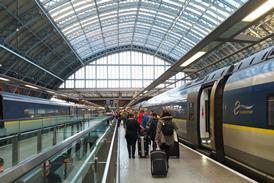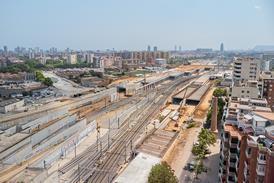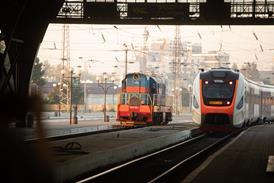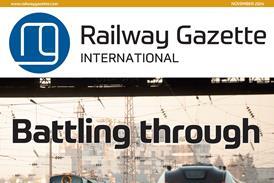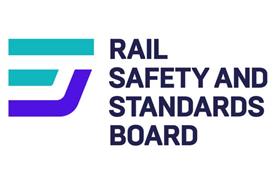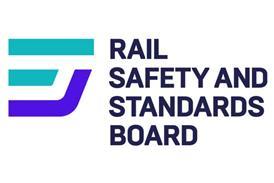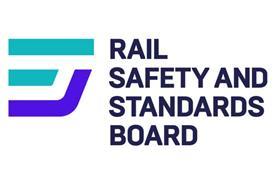SOME London Underground services were badly disrupted on several days last month by the sudden imposition of 32 km/h speed restrictions around lunchtime. It happened for the first time on May 4, a rare day of unbroken sunshine over the city which saw air temperatures reach 25íC, and even 27íC in places.
Under the 30 year Public-Private Partnership introduced in 2003, Metronet and Tube Lines are wholly responsible for providing both the infrastructure and trains on which LU carries its passengers. Metronet is responsible for around two-thirds of the network, and it was on those routes that the speed restrictions appeared.
They were imposed because of the risk that track might buckle as the rails expanded in what Metronet clearly regarded as extreme weather conditions for May. Worst affected were the Sub-Surface Lines, as opposed to the small-profile Tube lines. Outside Central London, much of the track maintained by Metronet SSL runs in the open air.
The PPP contractors have been addressing a substantial backlog of track repairs and renewals, including cutting out sections of defective rail and welding-in new pieces. A vital part of such operations is unclipping and re-stressing the rail so that it is stress-free at the correct temperature. Evidently, this had not been done.
Because the PPP contract terms were dictated by the Treasury and Department for Transport, LU’s ability to control its contractors is strictly limited.
However, HM Railway Inspectorate, now part of the Office of Rail Regulation, has ordered Metronet to bring the track back to an acceptable standard by September 4. With Metronet struggling to meet the deadline, LU has been forced to agree to long stretches of line being closed at weekends to get the re-stressing work done at all.

